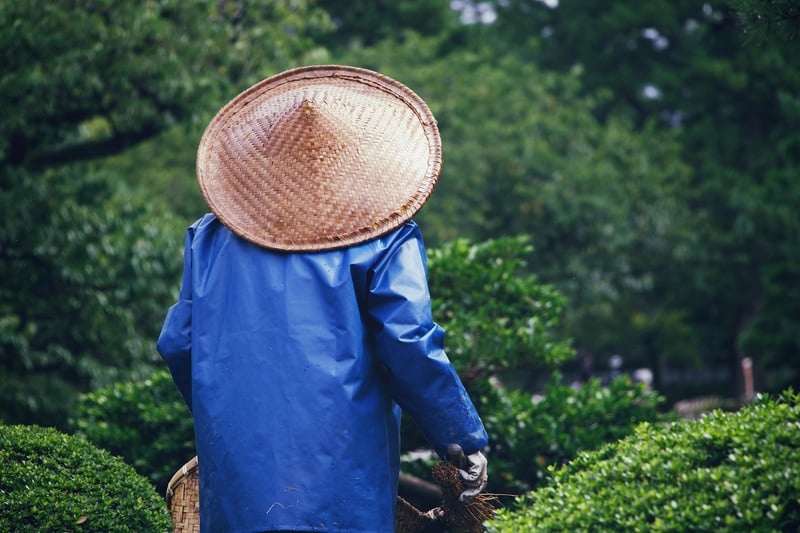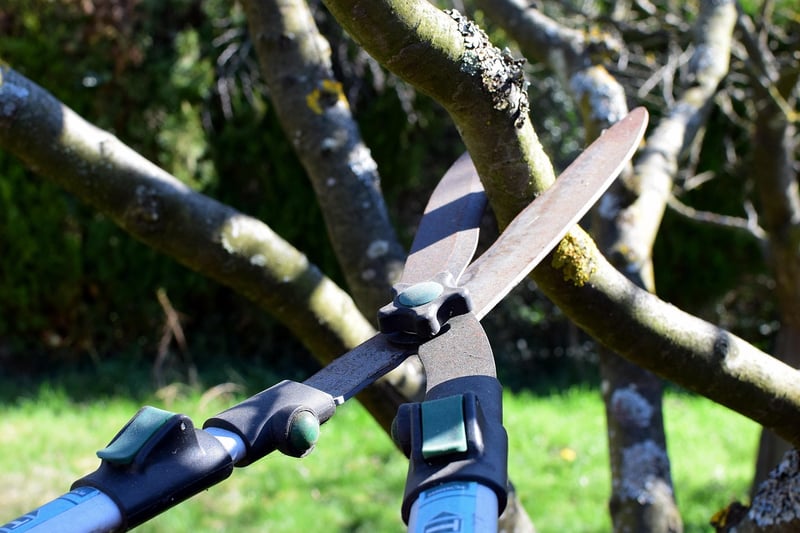Pruning Techniques
Maintain Healthy Plants with Proper Pruning Techniques
Pruning is a vital aspect of plant care that helps ensure your green friends stay healthy, vibrant, and visually appealing. By implementing the right techniques, you can promote growth, maintain shape, and prevent disease in your plants. Read on to discover essential tips for pruning various types of plants.
Why Pruning is Important
Pruning serves multiple purposes, including:
- Promoting new growth
- Shaping the plant
- Removing dead or diseased branches
- Improving air circulation
- Enhancing overall plant health
General Pruning Tips
Before you start pruning, ensure you have the right tools, including sharp pruners, loppers, and saws for thicker branches. Here are some general tips to keep in mind:
- Prune during the plant's dormant season
- Remove dead, damaged, or diseased branches first
- Make clean cuts at a slight angle just above a bud
- Step back regularly to assess the plant's overall shape
Pruning Techniques for Different Plants
1. Trees
When pruning trees, focus on removing any crossing branches, water sprouts, and suckers. Maintain a single dominant leader to encourage upward growth.
2. Shrubs
For shrubs, prune to maintain their natural shape and encourage flowering. Remove older wood to stimulate new growth.
3. Roses
Prune roses to improve air circulation and promote flowering. Remove dead canes and shape the plant to an open center to prevent disease.
Conclusion
Pruning is a skill that every plant enthusiast should master to ensure the longevity and vitality of their green companions. By following the proper techniques and timing, you can maintain healthy plants that bring beauty and joy to your surroundings.

Remember, each plant species may have specific pruning requirements, so it's essential to research and understand the needs of your plants before pruning. With practice and patience, you'll become adept at pruning and nurturing your plants for optimal growth and beauty.
Happy pruning!
